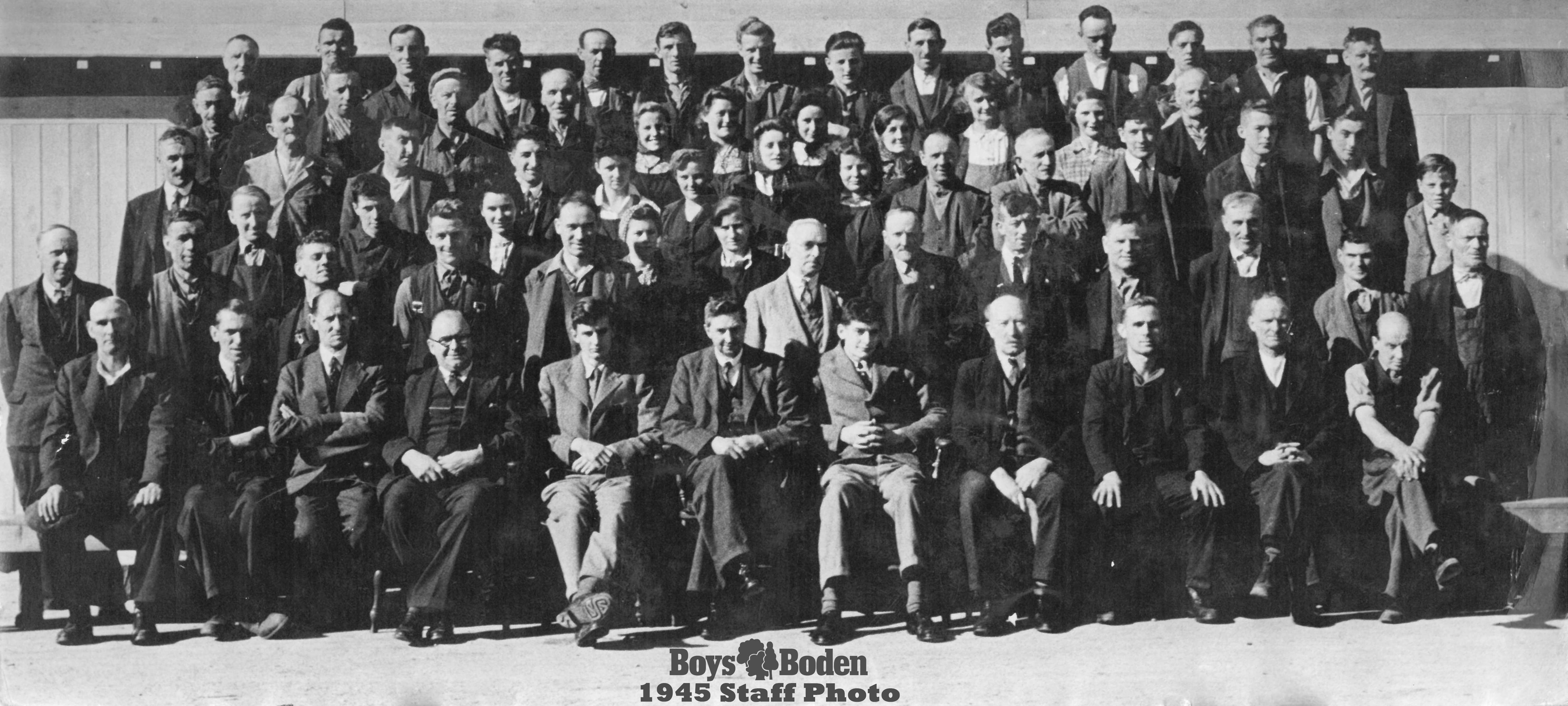what are wall ties?
A wall tie is a metal device used in construction to connect two separate masonry walls, typically made of brick or block, and hold them together. Wall ties are used to provide stability to a building and prevent the walls from separating or leaning over time due to the forces of wind or other external factors.
The wall tie consists of two parts, each with a flat plate or "blade" that is inserted into the mortar joints between the bricks or blocks on either side of the wall. The two blades are then connected by a central rod or wire that runs through the thickness of the wall.
Wall ties are an important part of the construction process and must be installed correctly to ensure the safety and stability of the building.
Light Wall Tie – HRT4 (Type 4) used for buildings up to height = 10 metres
Medium Wall Tie – RT2 (Type 2) used for buildings up to height = 15 metres
Heavy-Duty Wall Tie – ST1 (Type 1) used for buildings up to height = above 15 metres

Wall tie spacing
The correct wall tie spacing depends on several factors, including the height and length of the wall, the thickness and type of masonry used, and the expected wind loads and other external forces.
In general, the recommended spacing for wall ties in a brick or block wall is between 450mm to 900mm horizontally and 225mm to 450mm vertically.
The National Building Specification (NBS) recommends a minimum of 2.5 wall ties per square meter of wall area.
The specific spacing and number of wall ties required will also depend on the type of wall construction. For example, cavity walls typically require more wall ties than solid walls to maintain stability.
It's important to consult with a qualified engineer or architect to determine the appropriate wall tie spacing for your specific construction project.
Additionally, the manufacturer's recommendations should always be followed to ensure that the wall ties are installed correctly and perform their intended function of providing stability and safety to the building.

wall tie embedment
Embedding a wall tie involves inserting the tie into the mortar joint between the masonry blocks or bricks to connect and stabilize the walls. Here are the general steps to embed a wall tie:
1. Prepare the wall: Ensure that the wall is clean and free of any debris or loose mortar. Identify the locations where wall ties are needed, and mark them with a pencil or chalk.
2. Drill holes: Use a masonry drill bit to drill holes through the outer masonry layer and into the inner layer at the marked locations. The diameter of the holes should be slightly larger than the diameter of the wall tie being used.
3. Insert the wall tie: Insert the wall tie into the drilled hole and make sure that the tie's "blade" is fully embedded in the mortar joint.
4. Cut the tie: If necessary, use a pair of tin snips or wire cutters to trim the wall tie to the appropriate length, leaving enough of the tie protruding from the mortar joint to connect to the adjacent wall.
5. Repeat: Repeat the process for each wall tie location.
6. Apply mortar: Fill the drilled holes with fresh mortar, ensuring that the mortar fully covers the wall tie and the surrounding masonry.
7. Smooth the surface: Use a trowel to smooth and level the surface of the mortar, taking care to ensure that the mortar is flush with the surrounding masonry.
8. Clean the wall: Clean any excess mortar from the wall using a stiff brush or sponge, being careful not to disturb the newly embedded wall ties.
It's important to follow the manufacturer's instructions and guidelines when embedding wall ties to ensure that they are installed correctly and performing their intended function of stabilizing the walls.







